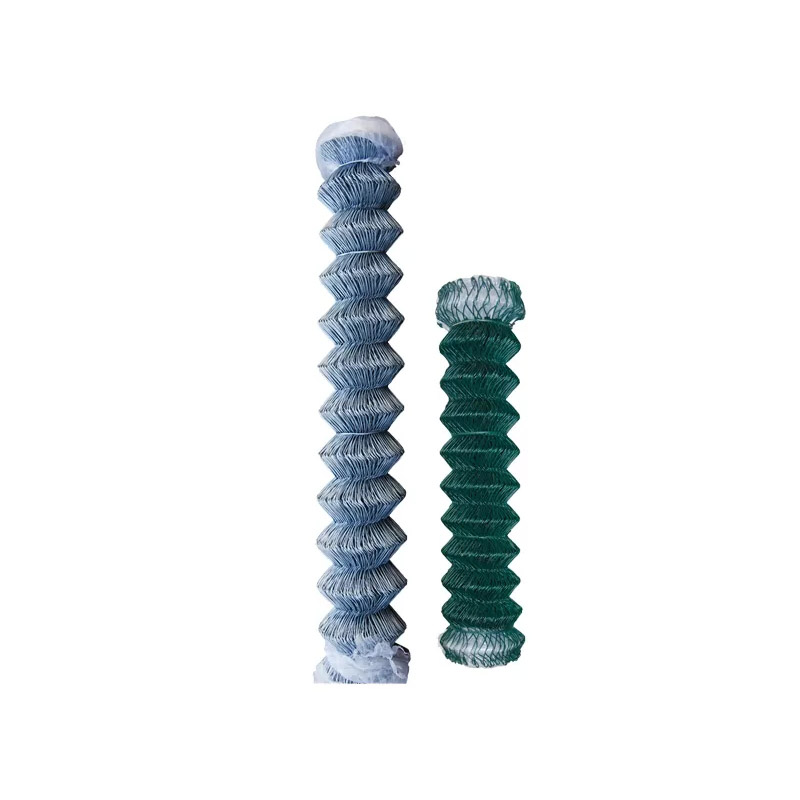
- Mobile Phone
- +8613931874955
- sales@cntcmetal.com
250mm brick ties
Understanding 250mm Brick Ties A Comprehensive Overview
Brick ties play a crucial role in modern construction, especially when it comes to ensuring the structural integrity of brick walls. Among the various types of brick ties available, the 250mm brick tie is particularly significant, as it is designed to meet the specific requirements of various building structures while optimizing safety and durability.
A brick tie is a metal element that is used to connect the brickwork to an underlying structure, typically made of masonry or concrete. This connection is essential for various reasons. First, it provides lateral support to the wall, preventing it from collapsing or tilting due to wind loads or seismic activities. Second, brick ties help in transferring loads between the brick facade and the structural framework, ensuring that the weight is distributed evenly.
When discussing the specifications of brick ties, the 250mm measurement refers to the length of the tie. This particular length is often suitable for standard wall thicknesses and is widely used in both domestic and commercial construction projects. The choice of tie length is critical, as it must be appropriate for the wall's dimensions to ensure effective anchorage and load distribution.
In terms of materials, 250mm brick ties are typically made from stainless steel or galvanized steel. These materials are preferred for their corrosion resistance and strength, making them ideal for various environmental conditions. Choosing the right material ensures that the ties will not degrade over time, maintaining the structural integrity of the building for years.
250mm brick ties

Installation of 250mm brick ties requires careful planning and execution
. The ties are generally installed at specified intervals—commonly every two or three courses of bricks—depending on the local building codes and the specific design of the structure. Proper installation is key; if brick ties are placed too far apart, they may not provide sufficient support, while ties that are too close together can lead to unnecessary expense and complications.Additionally, builders and engineers must pay attention to the spacing of the ties in relation to the insulation and moisture barriers in the wall assembly. It is essential to ensure that ties do not create pathways for moisture to penetrate into the wall system, which could lead to issues such as mold growth or structural damage. Thus, incorporating proper flashing and drainage solutions is equally important in conjunction with the installation of brick ties.
The benefits of using 250mm brick ties extend beyond structural support. They can enhance the aesthetic appeal of a building, especially when designed to be unobtrusive. Furthermore, modern brick ties are engineered to comply with stringent building regulations, ensuring that safety standards are met without sacrificing design flexibility.
In conclusion, 250mm brick ties are an indispensable component of brick wall construction. They ensure the stability and durability of buildings while allowing architects to maintain their desired aesthetic. When selecting and installing brick ties, builders must consider various factors including material, spacing, and environmental conditions to ensure a safe and lasting structure. As the construction industry continues to evolve, the role of brick ties will remain fundamental in achieving both safety and style in modern architecture.
share:
-
Your Source for Concrete Wall Ties and Masonry AccessoriesNewsJul.10,2025
-
Unlocking the Power of Iron Wire for Every ProjectNewsJul.10,2025
-
Explore Advanced Chain Wire and Stainless Steel Mesh FencingNewsJul.10,2025
-
Discover the Benefits of Annealed Wire ProductsNewsJul.10,2025
-
Discover China Stainless Steel Wire Mesh SolutionsNewsJul.10,2025
-
Build with Confidence Using High-Performance Masonry AccessoriesNewsJul.10,2025
-
Why Sacrificial Formwork Is Redefining Underground ConstructionNewsJun.06,2025



















